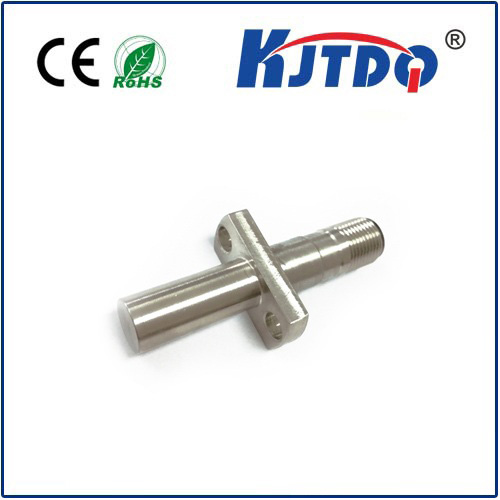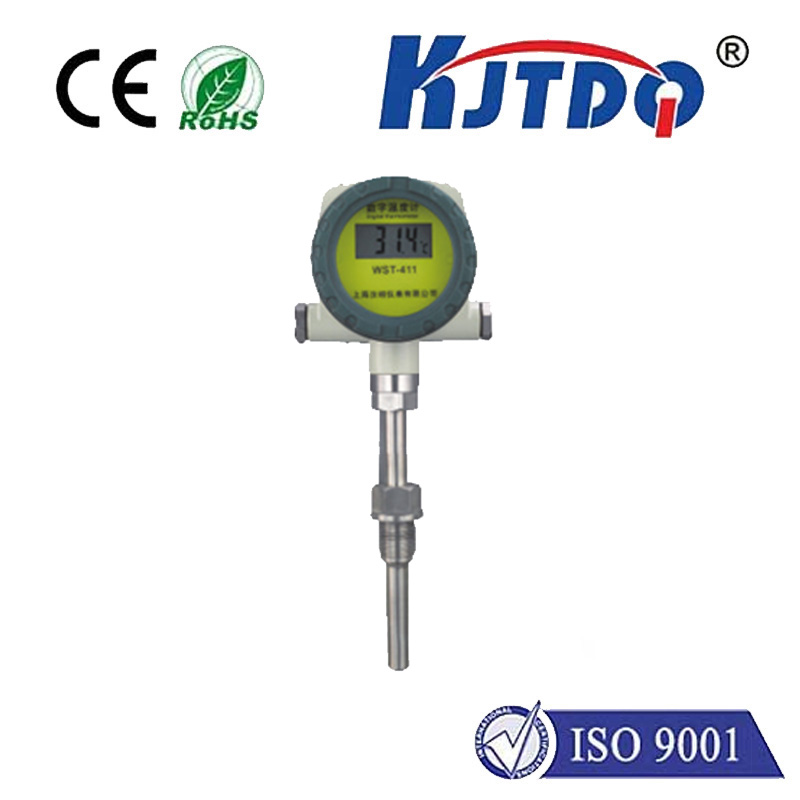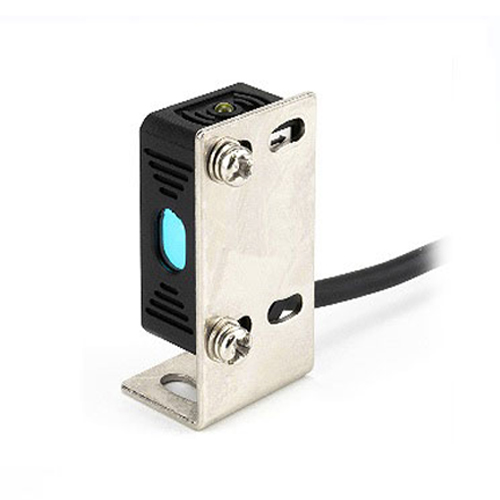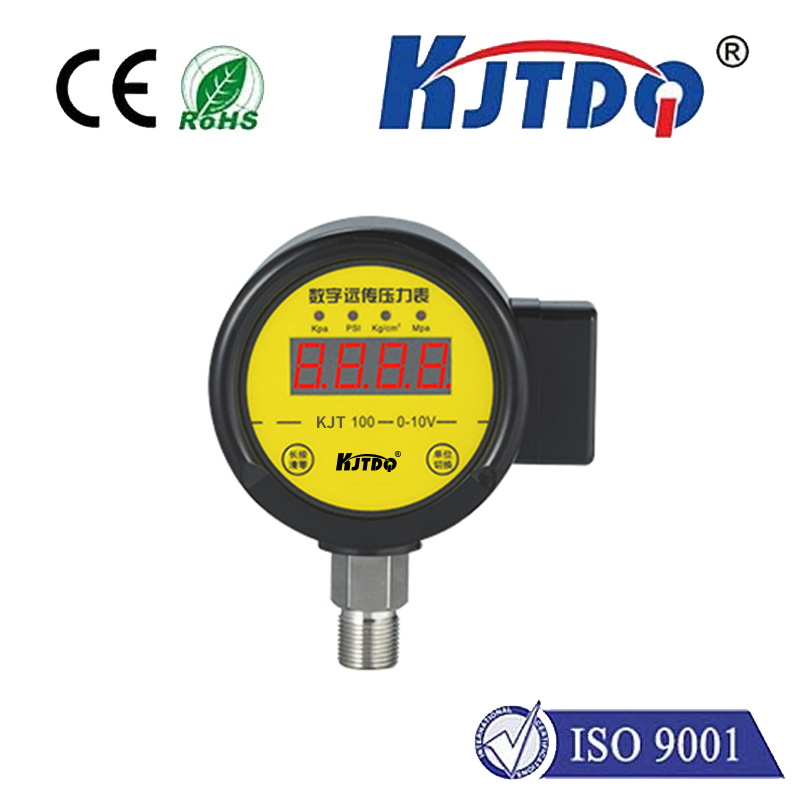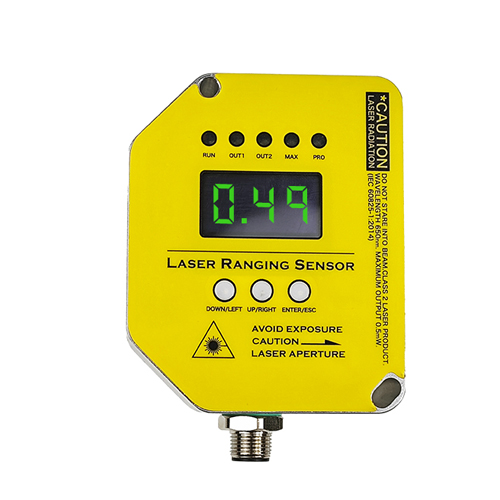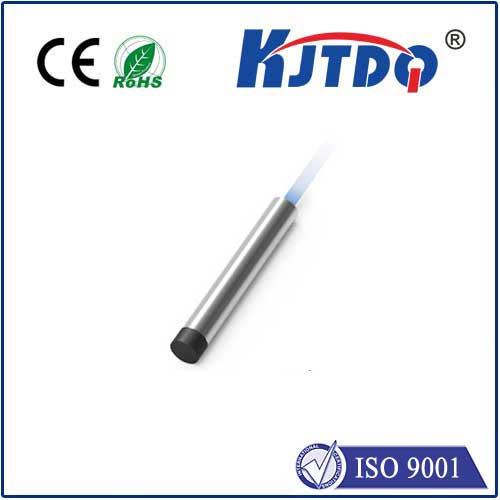отражательный фотодатчик
- time:2025-07-25 04:15:16
- Нажмите:0
Reflective Type Photoelectric Sensors: The Compact Detection Powerhouse
Imagine needing to know instantly, precisely, if an object is present on a conveyor line, if a security gate is properly closed, or if a label is correctly placed on a bottle. Enter the отражательный фотодатчик – a remarkably versatile and widely deployed solution in the world of industrial automation and beyond. Offering a unique blend of simplicity, compactness, and reliability, these sensors solve countless detection challenges where space is limited or wiring complex setups isn’t feasible. But how do they achieve this, and why choose this type over others? Let’s illuminate the workings and advantages of this crucial sensing technology.
At its core, a отражательный фотодатчик (often referred to as a retroreflective sensor) operates on the fundamental principle of light emission and reception. Unlike a through-beam sensor, which uses separate emitter and receiver units positioned opposite each other, the reflective type cleverly integrates both the light emitter (typically an LED, often infrared or red visible light) and the light receiver (a phototransistor or photodiode) into a single housing. The ingenious part lies in its reliance on a specialized external component: the retroreflector.

Here’s the critical mechanism:
- Emission: The sensor’s integrated emitter sends out a beam of modulated light.
- Reflection: This light beam travels towards a strategically placed retroreflective target (or tape). This target isn’t a simple mirror; it’s designed using special prismatic materials or corner cubes that reflect the incident light directly back along its original path, regardless of the angle it hits (within a defined range).
- Reception: The integrated receiver in the sensor housing constantly monitors for the return of this specific modulated light signal. When the beam path is clear, the reflected light strikes the receiver strongly.
- Detection Logic: The sensor employs a simple yet effective logic:
- No Object: Strong reflected signal present = Receiver “sees” light = Sensor output typically indicates “clear” (e.g., logic LOW).
- Object Present: An object interrupts the beam path. The light cannot reach the reflector, or the reflection is significantly blocked/scattered = Dramatically reduced or no signal at the receiver = Sensor output changes state (e.g., logic HIGH), signaling detection.
The reliance on a retroreflector is what sets this sensor apart from the diffuse reflective sensor, where the target object itself provides the reflection. This distinction grants the retroreflective type significant advantages:
- Extended Sensing Range: By utilizing the highly efficient retroreflector, reflective sensors achieve significantly longer detection distances compared to diffuse sensors of similar power. Ranges of several meters are common.
- Stable Detection: The consistent, strong return signal from the retroreflector provides high reliability and stability. They are generally less susceptible to variations in the target object’s color, texture, or surface finish than diffuse sensors. As long as the object blocks the beam, detection occurs.
- Compact Installation: Integrating emitter and receiver into one housing simplifies mounting. Only one unit needs power and signal wiring, and only one physical location needs mounting. This drastically reduces installation time and complexity, especially over long distances where running cables for separate through-beam units becomes cumbersome.
- Simplified Alignment: While initial alignment between the sensor head and the retroreflector is necessary, it is often simpler than aligning two separate units (like in through-beam). Many sensors incorporate visual alignment indicators (like visible red LEDs) or audible signals to facilitate setup.
- Cost-Effectiveness: For applications requiring moderate to long range detection, retroreflective sensors often present a more economical solution than through-beam systems, avoiding the cost of a separate receiver unit and its associated wiring.
These advantages make retroreflective photoelectric sensors indispensable across numerous industries:
- Conveyor Systems: Detecting the presence, absence, or jams of boxes, cartons, bottles, and products. Used for counting and controlling product flow.
- Packaging Machinery: Verifying the presence of labels, caps, closures, or filled containers on high-speed lines.
- Перевозка материалов: Monitoring pallet positions, sensing bin levels (if reflector is placed opposite), and detecting door or gate positions (open/closed).
- Automotive Manufacturing: Part presence verification on assembly lines, checking component installation, and monitoring robotic cell access.
- Security Systems: Detecting door or window openings by monitoring secure retroreflective targets, perimeter guarding.
- Printing & Paper Handling: Detecting paper presence, edge detection, and verifying sheet count.
Selecting the right отражательный фотодатчик involves considering several factors:
- Sensing Range: Match the required working distance to the sensor’s specifications.
- Beam Pattern: Choose a focused spot beam for precise detection or a wider beam for more tolerance in alignment or detecting irregular objects.
- Light Source: Infrared is common and immune to ambient light interference. Red light is visible for easier setup. Laser options offer extreme precision.
- Output Type: Digital outputs (NPN/PNP) are standard. Relay outputs or analog options exist for specific needs.
- Environmental Conditions: Consider IP ratings for dust/water resistance, temperature range, and potential exposure to chemicals or washdowns. Robust construction is vital for harsh industrial settings.
- Housing Material: Typically metal (stainless steel, nickel-plated brass) or rugged plastic.
- Response Time: Critical for high-speed applications.
- Special Features: Look for models with background suppression (for detecting objects against reflective backgrounds), polarized filters (to ignore shiny objects like aluminum foil that might otherwise reflect light like the target), or teachable functions for simplified setup.
In essence, the отражательный фотодатчик provides an exceptionally practical and effective detection solution. By leveraging the unique properties of a retroreflector, it overcomes many limitations of other photoelectric sensing modes. Its combination of long range, stability, compactness, simplified installation, and cost efficiency makes it a truly versatile workhorse. From ensuring smooth production flow on a factory floor to securing a perimeter, the reliable beam of a retroreflective sensor plays a silent yet critical role in the automated systems that underpin modern life. Whether verifying a product’s position on a fast-moving line or confirming a safety gate is secure, understanding the operating principle and inherent advantages of this sensor type is key to choosing the right tool for countless detection tasks demanding precision and reliability.

